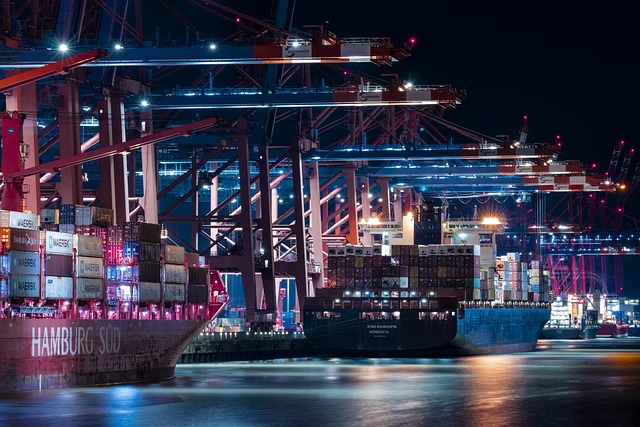-
Despite the Red Sea crisis buoying up freight rates, looming capacity oversupply will keep rates below breakeven levels this year, according to Drewry Maritime Financial Research Services
-
The addition of new vessels to the global fleet will worsen the existing supply-demand imbalance, leading to a further slump in freight rates, thereby reducing revenues
-
The industry is expected to report an EBIT loss in 2024 compared to an EBIT profit in 2023
The Red Sea crisis is buoying up freight rates but looming capacity oversupply will keep rates below breakeven levels this year, according to Drewry Maritime Financial Research Services (DMFR), the investment research arm of global shipping consultancy Drewry, in its latest annual review of the financial health of the global container shipping industry.
The volatility in container shipping rates triggered by the disruption to trade through the Red Sea has thrown the spotlight back on the container shipping industry.
Drewry completed its latest annual assessment on the finances of major container shipping companies against a backdrop of market disruption and change: the Red Sea crisis that has drawn parallels with the pandemic period that generated extraordinary profits for container shipping companies; and the establishment of a new operational agreement between Maersk and Hapag-Lloyd, Gemini Alliance, to commence from February 2025.
While the recent surge in container shipping freight rates supports shipping companies’ profitability in the near term, it does little to address looming oversupply concerns, Drewry said.
It expects focus will shift back to container shipping companies’ balance sheet strength, capital allocation and their acquisition strategies.
“Throughout the year, the addition of new vessels to the global fleet will worsen the existing supply-demand imbalance, leading to a further slump in freight rates, thereby reducing revenues,” said the report.
It added that carriers’ “operating cash flow is expected to decline significantly in 2024 and 2025 amid weaker freight rates,” although it noted that “companies still have substantial cash reserves from the windfall gains during the pandemic.”
The industry is therefore expected to report an EBIT (earnings before interest and taxes) loss in 2024 compared to an EBIT profit in 2023.
The DMFR team extended the scope of their analysis to include both liquidity and leverage estimates for the next three years, based on a sample of carriers.
The review concluded that vertical integration momentum of container shipping companies is slowing down as they focus on conserving cash for the anticipated downturn.
READ: Drewry’s World Container Index up 23%, highest since Oct





